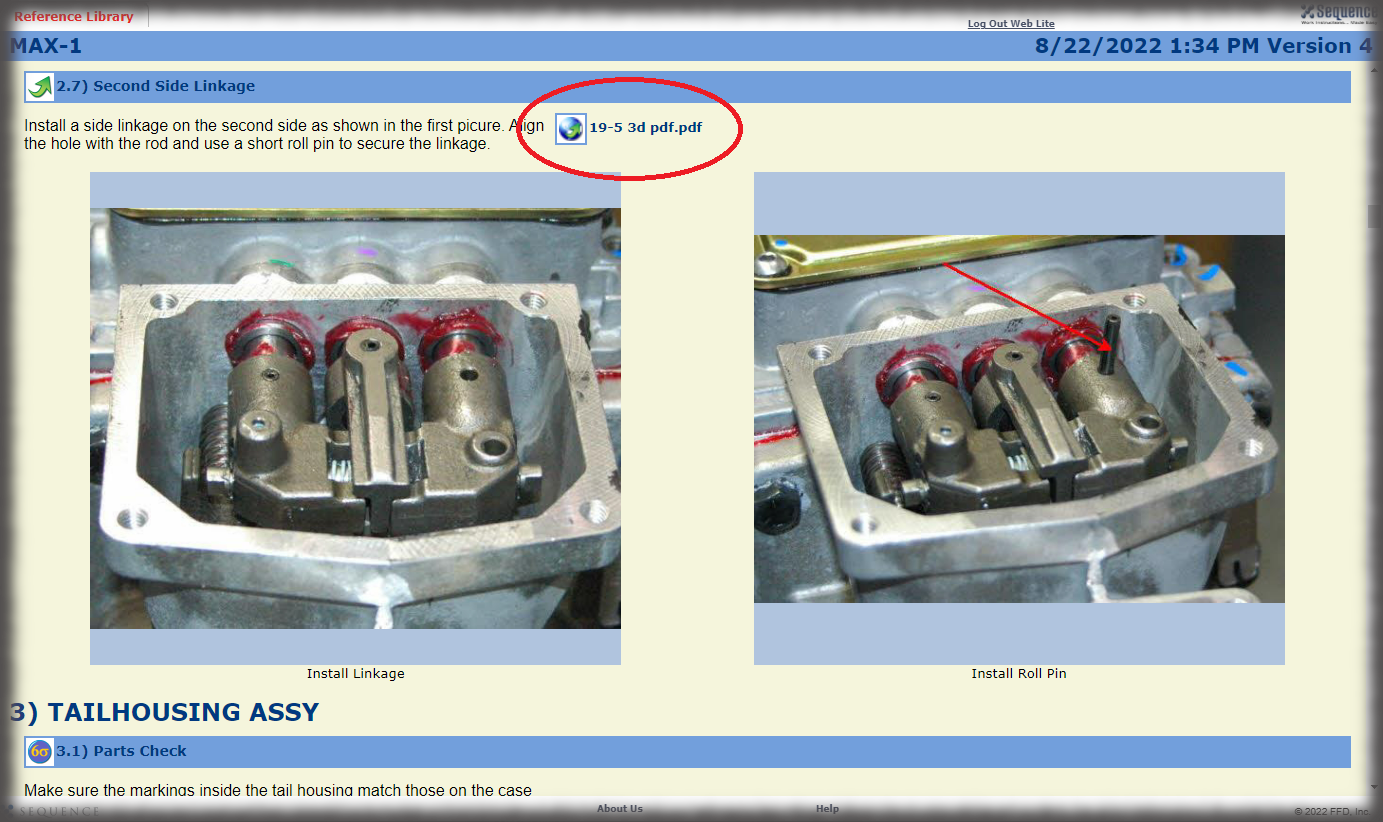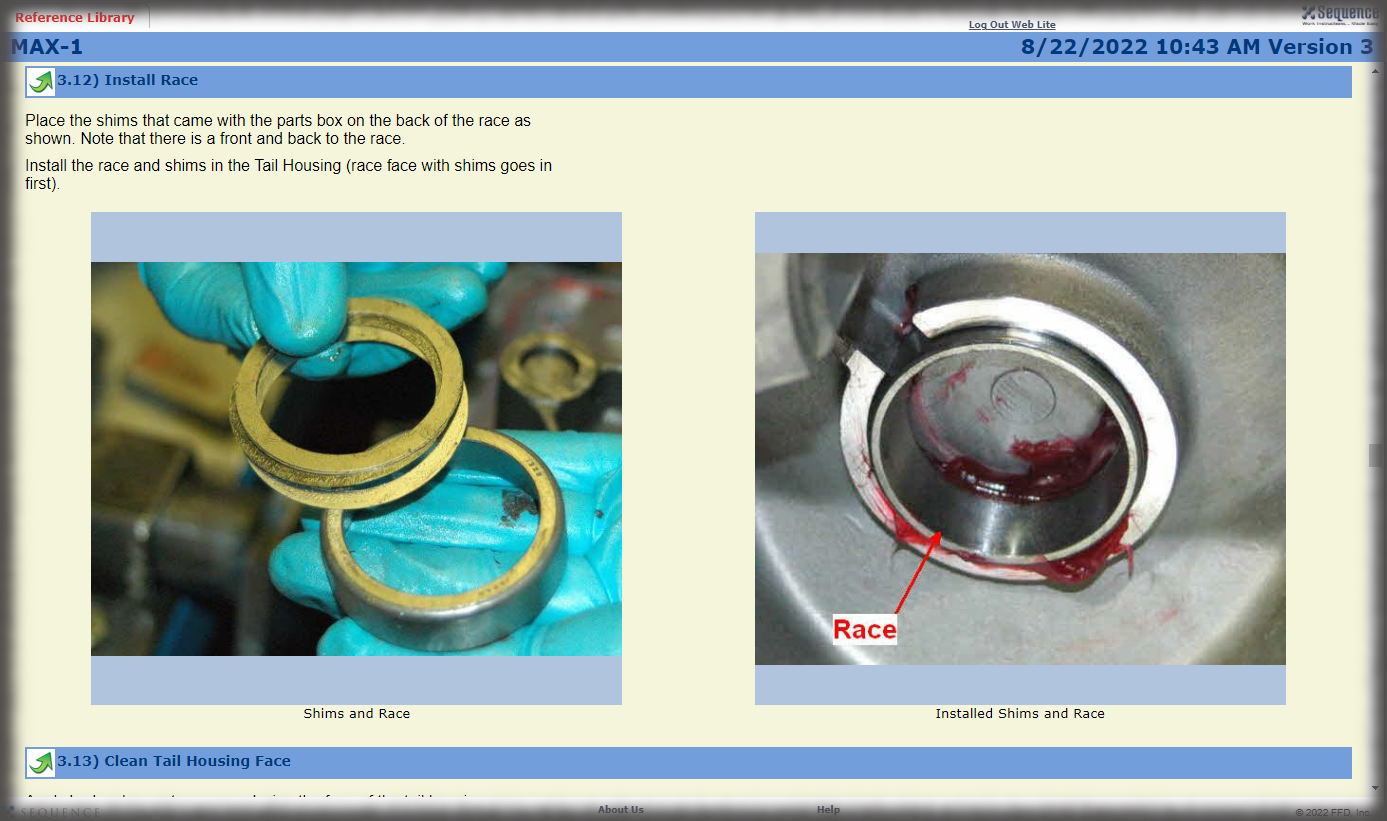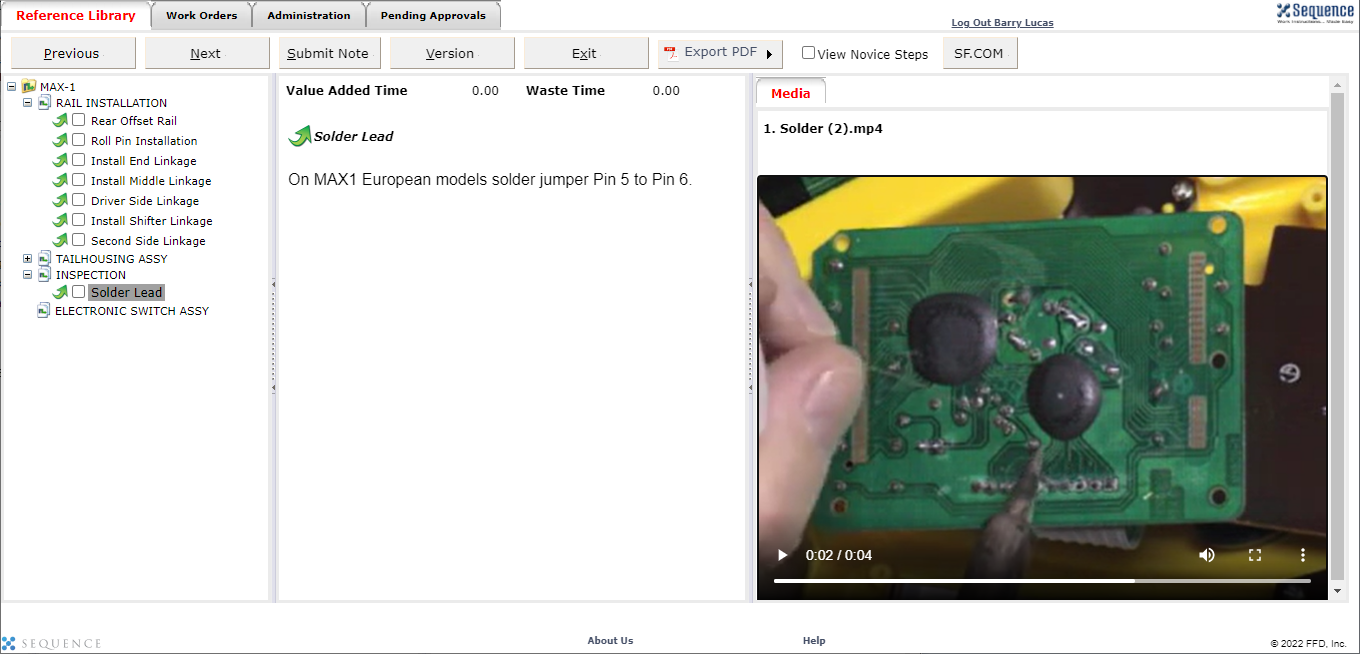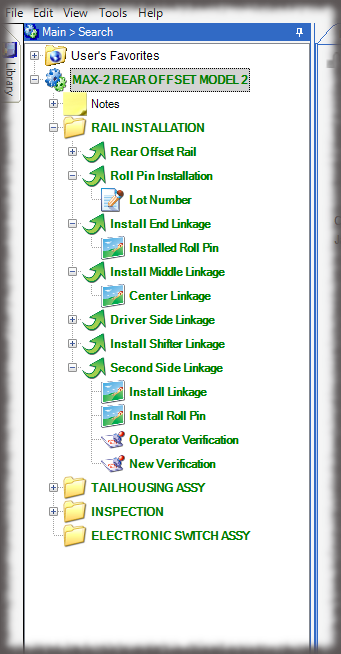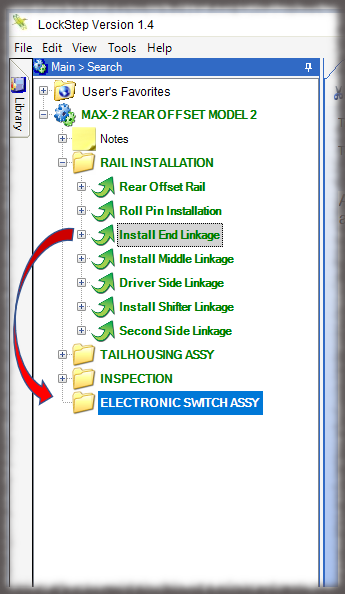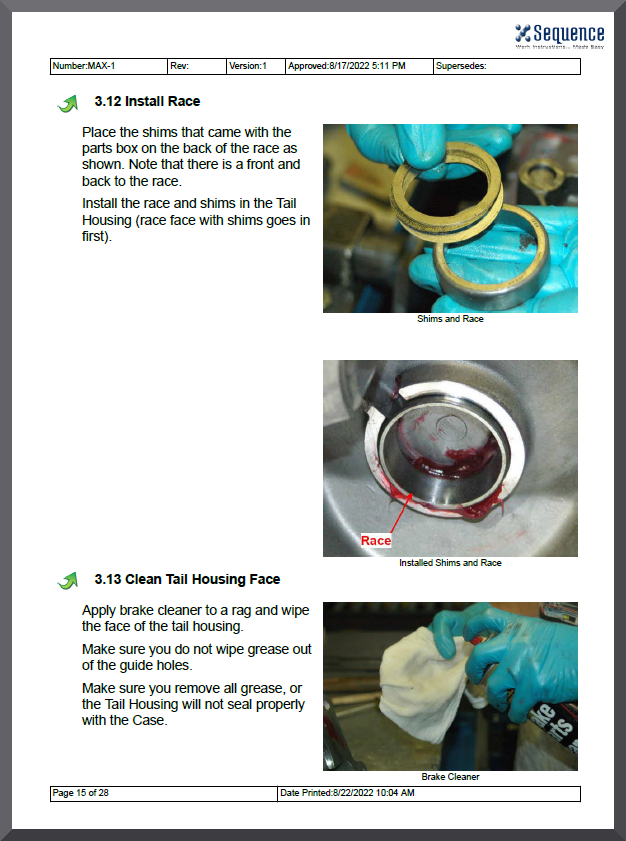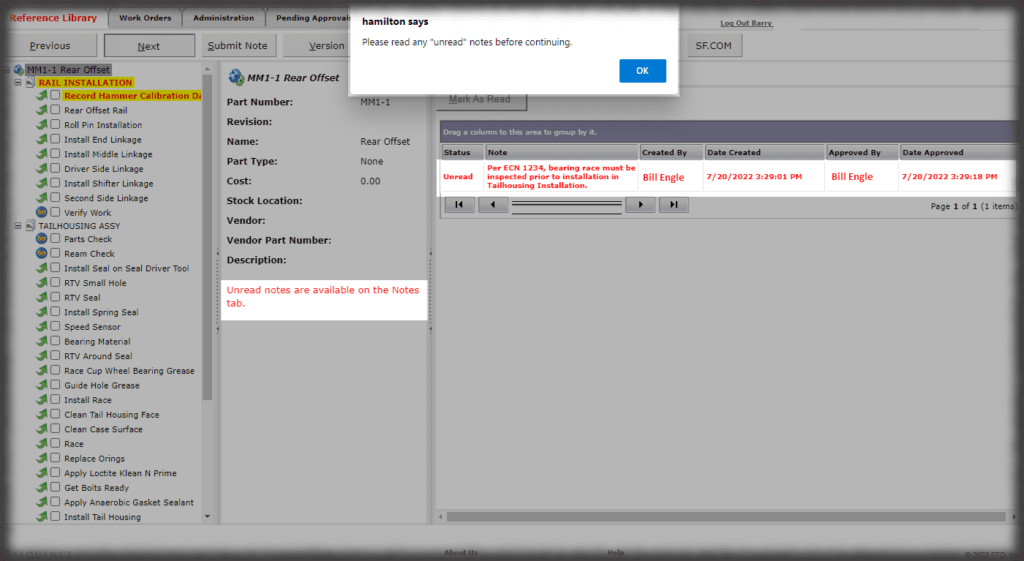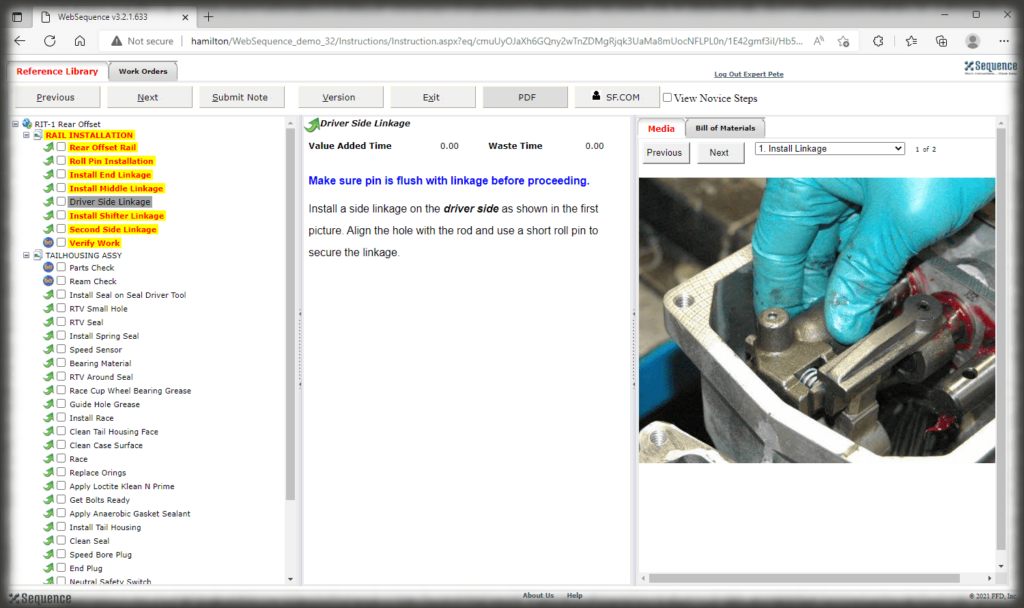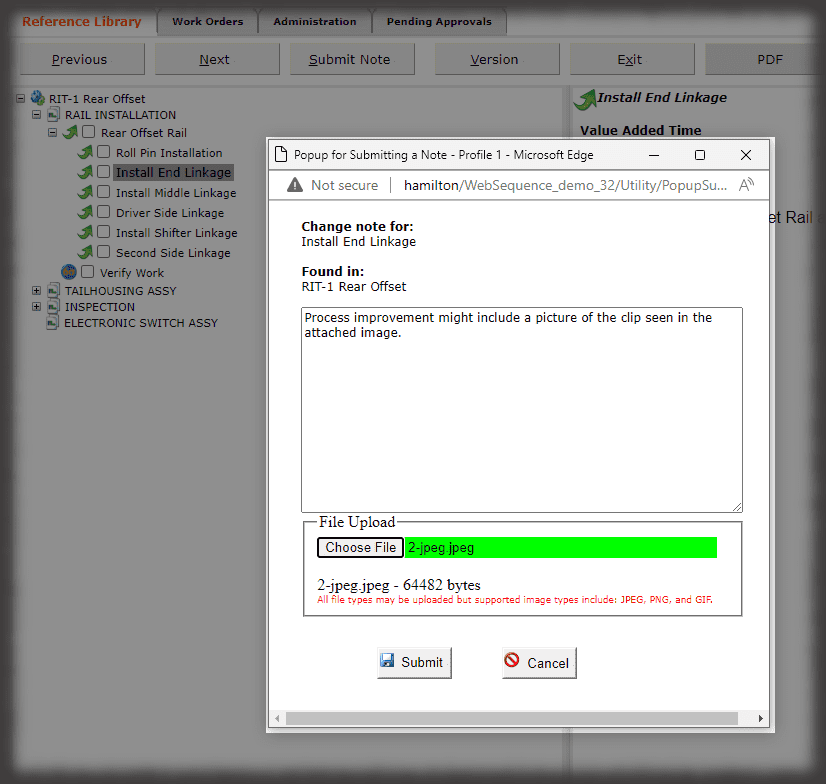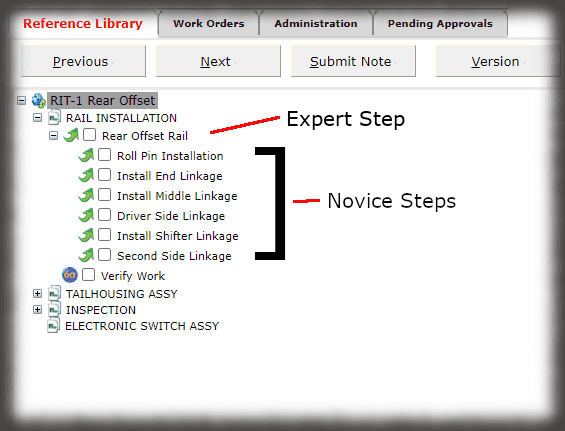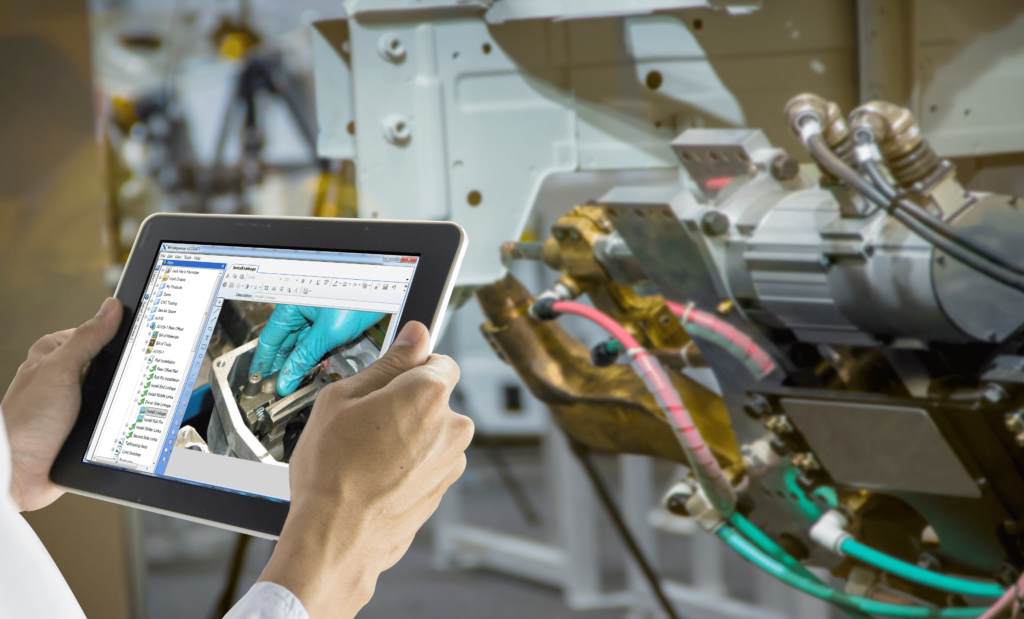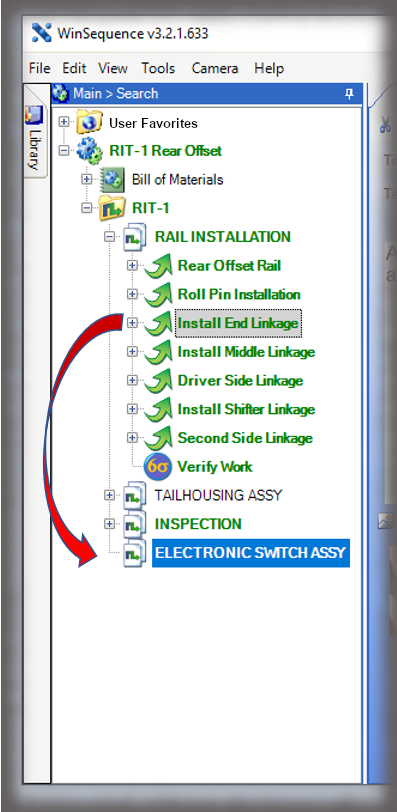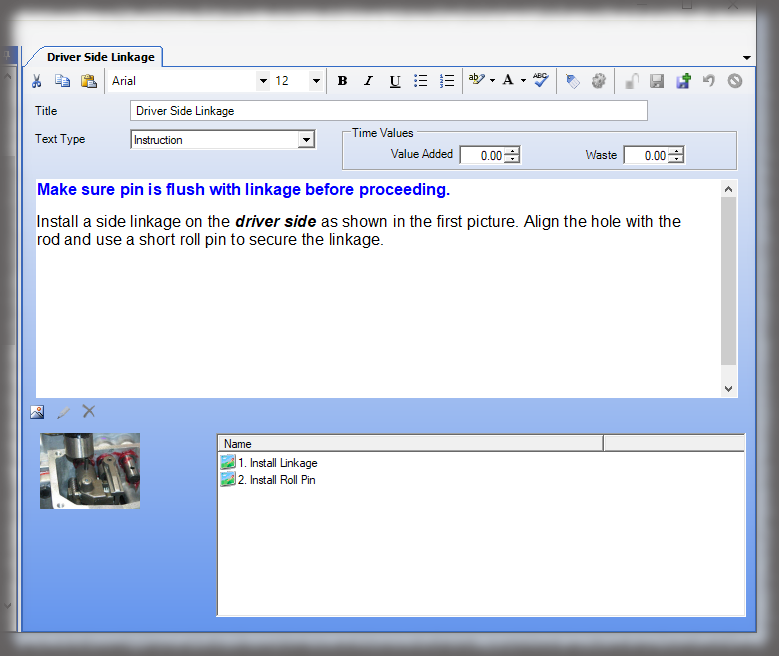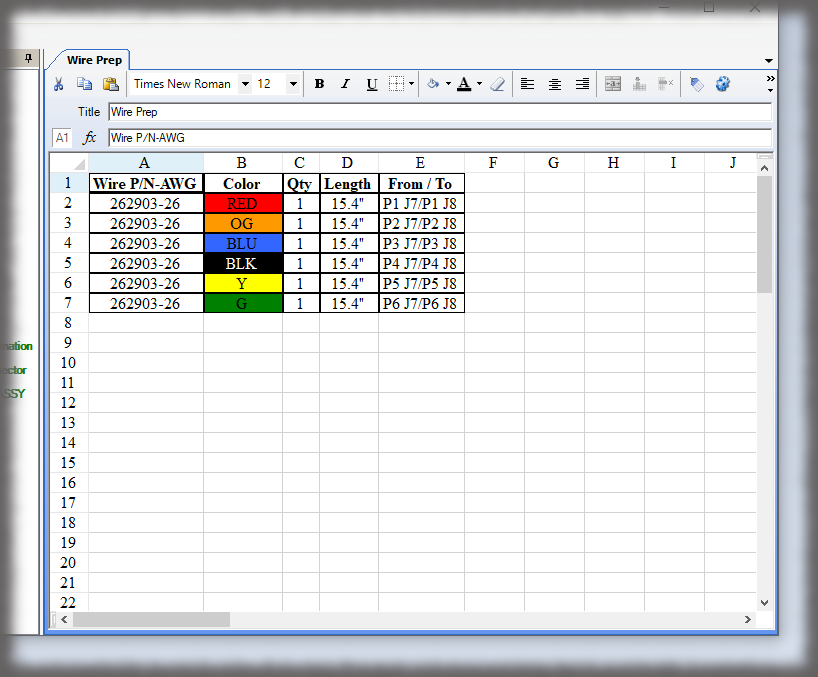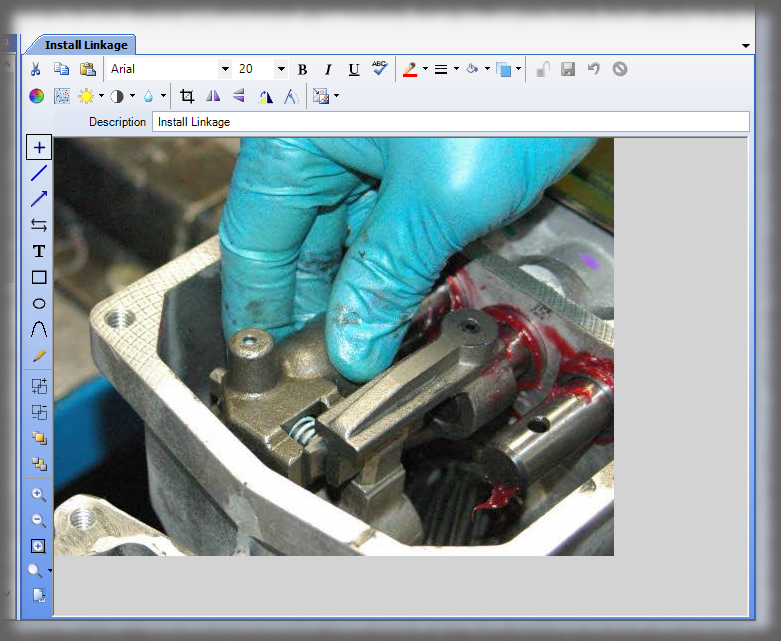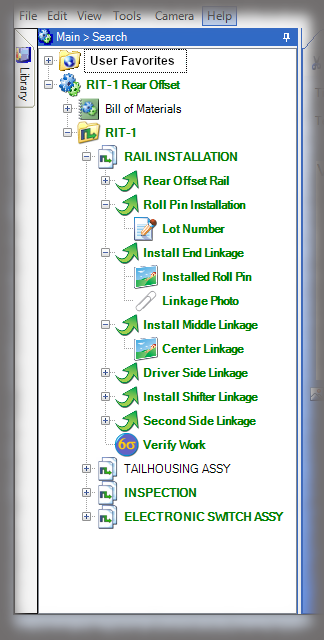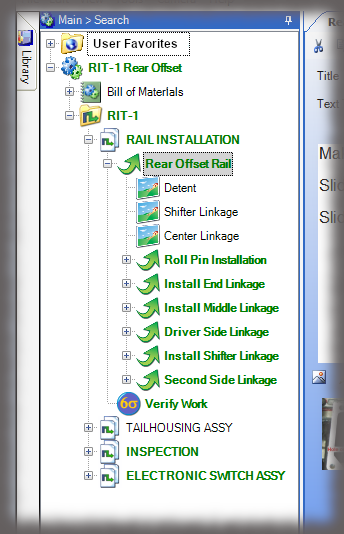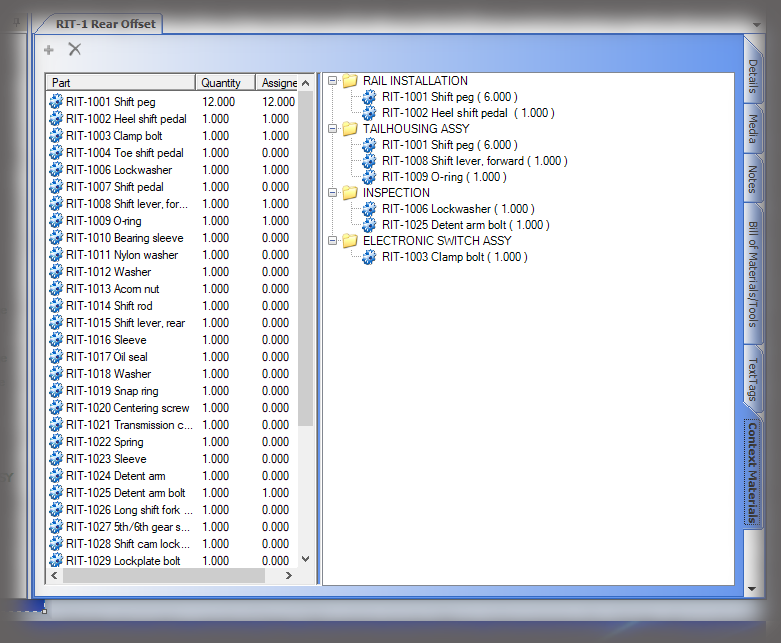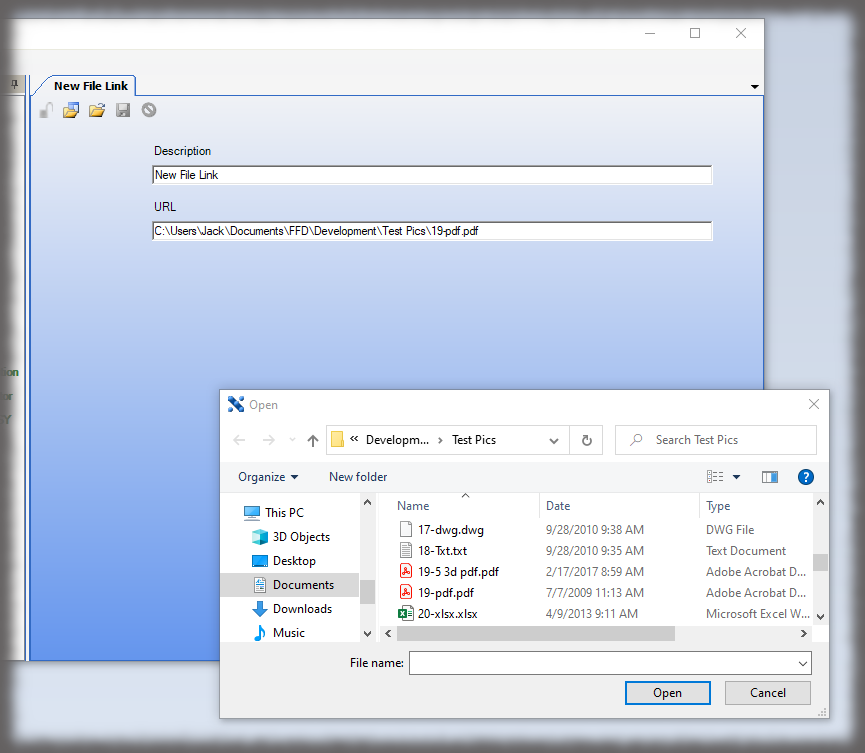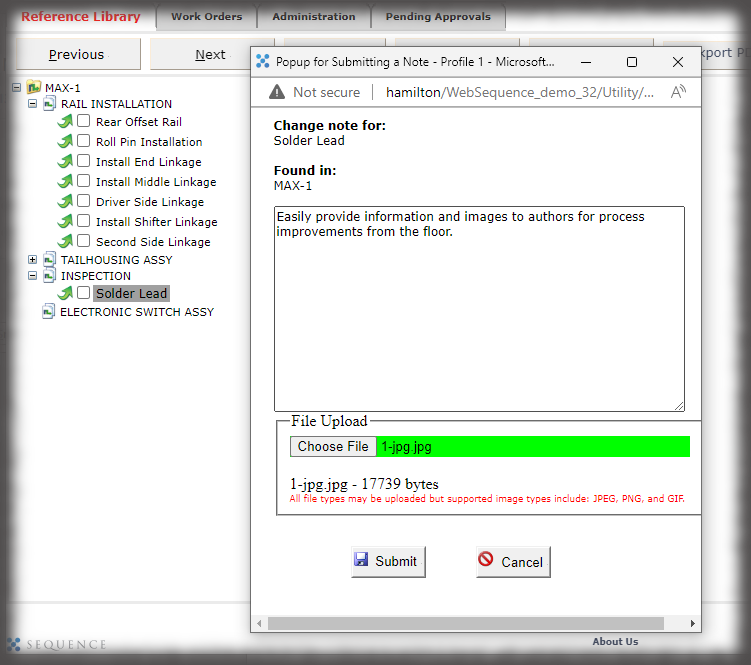Manufacturing is the backbone of many economies, contributing significantly to both employment and GDP. In this industry, the skilled workforce is crucial for ensuring efficiency, productivity, and product quality. So why do we so casually overlook the costs of replacing a worker. It should be an important part of the workforce culture to know that acting to reduce turnover is best for the company. Most employees have probably never thought deeply about what it costs to replace a worker. Unless you are in HR you have probably never sat down to think about the total cost of replacing a worker.
In our last article, “How Poor Training Leads to Turnover”, we looked briefly at the effects of poor training on employee retention in manufacturing. In Part II of this series we will attempt to catalog the costs of replacing workers who leave for better opportunities. According to Gallup the cost of replacing an employee can range from one-half to two times the annual salary of the person being hired. Even at the low end that adds up quickly in manufacturing where the turnover rate is almost 40%. This article does not have the space to go very deep into any single cost type, but consider each of the costs listed below and how they impact the organization. The net change in benefit to the company is not zero when one employee leaves and another is hired.
1) Recruiting Costs
The process of finding a suitable replacement begins with recruitment. Companies often have dedicated human resources departments or use recruitment agencies to source candidates. Advertising job openings, reviewing resumes, conducting interviews, and checking references all incur costs. According to industry experts, these costs can range from 15% to 30% of the manufacturing worker’s annual salary, depending on factors like location, job role, and demand for the position.
2) Tapping Out Skilled Local Labor
Manufacturers, particularly in rural areas, do not have endless pools of workers to pull from. Whether it is people needing to be replaced or company growth driving HR to hire new people, the labor costs really soar in geographies where the labor market has been tapped. It is a tragedy when companies allow employees to voluntarily leave because of poor conditions, like improper training, because this is controllable. Some companies expose themselves to an entirely different level of cost by opening new facilities in a different location where they can find more skilled labor.
3) Training Expenses
Once a new worker is hired, they need to be brought up to speed on the specific processes and procedures within the manufacturing facility. Training varies in duration and complexity, depending on the industry and job role. Costs include the time and resources spent on trainers, materials, equipment, and any external training programs or courses.
4) Lost Productivity
During a transition period, there is often a drop in productivity. The departing worker, who might be experienced and efficient, is no longer contributing, while the new worker is still “learning the ropes”. This lost productivity will be most visible to engineers and operations folks reading this article, where new workers are paid to learn new skills but they are not contributing to product going out the door.
5) Overtime and Temporary Staff
To cover the gap left by the departing worker and the reduced productivity of the new hire, manufacturers often rely on temporary staff or require existing employees to work overtime. These additional labor costs also add up quickly, particularly in high-demand industries.
6) Quality Control Issues
New employees, particularly those who are just starting in manufacturing, might not produce the same level of quality as experienced workers. This can lead to product defects, rework, and increased waste, which have a direct cost impact on the manufacturing process. Again, this cost is one of the more visible costs to engineers, operations and production workers.
7) Employee Morale is Contagious
The departure of a coworker often affects the morale and dynamics of the remaining workforce. Employees leaving for better opportunities are naturally excited about their change. Employees that remain may feel demoralized, overburdened, or concerned about their job security. This leads to a decrease in overall productivity and potentially lead to more departures, further compounding the cost of replacement.
8) Administrative Costs
There are various administrative tasks associated with replacing a manufacturing worker. Updating personnel records, adjusting payroll, handling benefits changes, and ensuring compliance with labor laws all have associated costs in terms of time and labor.
9) Legal and Compliance Expenses
There are often legal and compliance requirements associated with replacing a worker. For instance, complying with labor laws, including notice periods and severance pay, can be an additional financial burden. Legal counsel may be required in certain cases, which adds to the overall cost.
10) Benefit Expenses
In addition to the worker’s salary, employers provide various benefits, including health insurance, retirement plans, and paid time off. When replacing a worker, there may be costs associated with changing or adjusting these benefits for the new hire.
11) Scrap and Rework
When a new worker is learning on the job, mistakes are more likely to occur. These mistakes can result in damaged equipment, rework, and potentially even accidents. These costs can be significant and include repair expenses and potential fines or lawsuits.
12) Employee Engagement and Satisfaction
High turnover creates an environment of uncertainty and instability, which impacts the engagement and satisfaction of the remaining workforce. This, in turn, can lead to reduced productivity and increased absenteeism, affecting the overall performance of the manufacturing facility.
13) Cost of Lost Knowledge
A departing manufacturing worker often takes with them valuable knowledge and experience. The loss of this institutional knowledge results in inefficiencies and increased training costs for new hires to catch up.
14) Cost of Recruitment Failures
Sometimes, despite significant efforts and investments in recruitment, a new hire might not work out. This leads to the need to restart the recruitment process, incurring additional costs and further delaying the replacement of the original worker.
Improve Manufacturer Retention with Sequence Software
The costs of replacing a manufacturing worker present a multifaceted challenge, encompassing direct and indirect expenses. While the financial aspects are readily quantifiable, the impact on the overall operations, morale, and productivity of the company is equally significant but more challenging to measure. To minimize these costs, manufacturers must focus on effective recruitment and retention strategies, employee development, and creating a work environment that fosters stability and growth. In doing so, they can work to reduce the substantial cost of replacing a manufacturing worker, ensuring that their operations remain competitive and efficient in the ever-evolving manufacturing landscape.
Proper training and programs that provide continued learning and skills development are invaluable tools in retaining employees. Contact Sequence Software today to see how better software solutions enable consistent training that helps retain your most valuable assets—your workforce.


